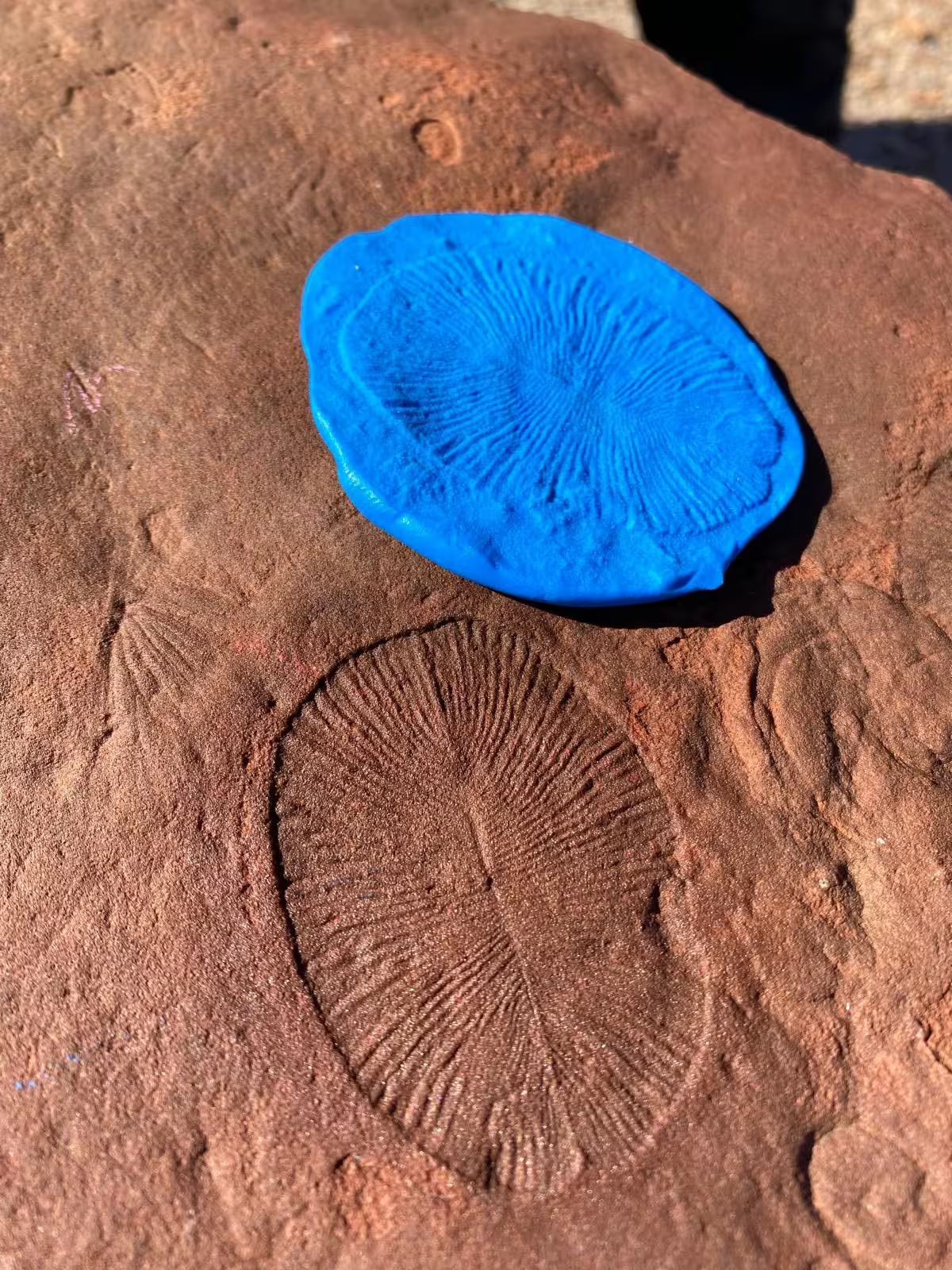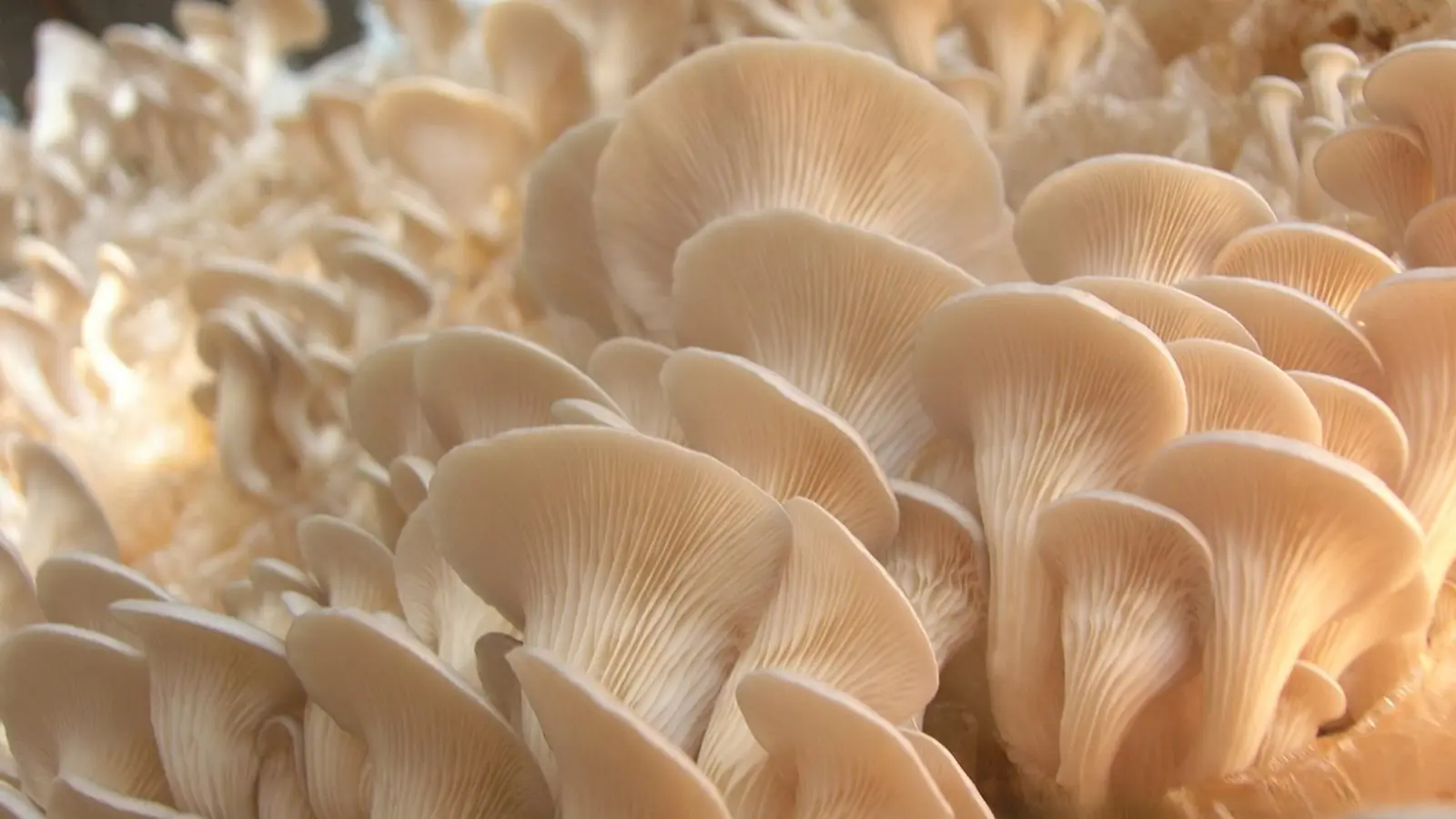7 Minutes
Fungi built the stage for terrestrial life
Fungi diversified on Earth long before the first land plants, and new genomic analyses suggest they played a central role in preparing continents for colonization. Recent research led by the Okinawa Institute of Science and Technology (OIST) uses molecular-clock techniques combined with evidence from horizontal gene transfer to refine the timeline of fungal evolution. The results indicate that the common ancestor of today’s fungi may date back roughly 1.4 to 0.9 billion years—hundreds of millions of years earlier than the first definitive land plants.
Fungi arose long before plants, shaping Earth with early soils and nutrient cycles. Their hidden legacy shows they may have prepared the world for life to flourish on land. Credit: Shutterstock
Understanding when fungi diversified matters because fungi are ecological engineers: they break down rock and organic matter, recycle nutrients, form partnerships with other organisms, and can alter soil structure. If fungi were active on land well before plants, they could have been key agents in forming primitive soils and creating the nutrient cycles that made continental surfaces habitable.
Why fungi are hard to place in deep time
Placing major evolutionary events on Earth’s timeline usually relies on fossils. For many groups—red algae, animals, and land plants—paleontological finds provide anchor points. But fungi are notoriously underrepresented in the fossil record. Their typically soft, filamentous bodies do not preserve readily, and complex multicellularity in fungi evolved multiple times from distinct unicellular ancestors. That combination destroys the neat trees paleontologists prefer: few durable fossils plus repeated, independent origins of complex forms make it difficult to identify a single, unequivocal origin event.

Clear fossil evidence can be found most of the five major groups – here we see a Dickinsonia fossil, providing evidence of ancient animal life. Credit: Citronnel/Wikimedia Commons, CC-BY-SA-4.0
Because of these gaps, researchers turn to molecular phylogenetics and the molecular clock: genetic differences accumulate over time, so comparing genomes can estimate divergence dates. But molecular clocks need calibration—anchor points from fossils or other time constraints—to convert relative genetic distances into absolute years. For fungi, those anchors are scarce, so the clock has been imprecise—until now.
Horizontal gene transfer as a temporal lever
The OIST-led team introduced an innovative way to improve calibration: they mined genomes for instances of horizontal gene transfer (HGT). Unlike the usual vertical inheritance from parent to offspring, HGT occurs when a gene moves between unrelated lineages. Such a transfer provides a directional time constraint: if lineage A donated a gene to lineage B, then the donor lineage must have existed before the recipient’s descendant that carries the gene.
By identifying 17 credible HGT events among fungal lineages, the researchers built a network of "older-than" and "younger-than" relationships. These constraints were combined with available fossil dates to tighten the molecular-clock estimates and derive a more precise chronology of fungal diversification. The approach is a clever use of genomics to supplement a poor fossil archive and reduce uncertainty in divergence-time estimates.
Revising the timeline: fungi before plants
Using the HGT-calibrated molecular clock, the study estimates the last common ancestor of modern fungi at approximately 1.4–0.9 billion years ago. This timing places a substantial period—hundreds of millions of years—between the initial diversification of fungi and the first unequivocal land plants (around 470 million years ago). During that long interval, fungi and algae likely formed terrestrial microbial communities, cycling minerals and organic matter and gradually modifying rock surfaces.
Dr. Lénárd L. Szánthó, co-first author on the study, summarized the ecological implications: fungi are fundamental to nutrient recycling and biological partnerships. If they were already diversifying before plants, their interactions with algae and microbes could have created a stepping-stone environment that allowed plants to later colonize land successfully.
These findings change how we picture the colonization of continents. Instead of plants being the pioneering architects of terrestrial ecosystems, they may have arrived to an environment already transformed by fungal activity: nascent soils, richer nutrient reservoirs, and biological networks that facilitated subsequent plant establishment.
Scientific context: multicellularity and five lineages
Complex multicellular life—organisms with differentiated cells organized into tissues—arose independently at least five times on Earth: in animals, land plants, fungi, red algae, and brown algae. Each transition to multicellularity required innovations such as adhesion molecules and intercellular signaling systems. While fossils give direct evidence for some lineages (e.g., Ediacaran animals, early algal mats, and plant spores), the fungal record is fragmentary. Establishing the timing of fungal complexity therefore fills a major gap in our picture of how life organized itself into complex forms across different branches of the tree of life.
Implications for Earth systems and future research
If fungi helped form early soils and nutrient cycles, this has implications for models of early terrestrial weathering, carbon cycling, and how ecosystems respond to geological change. Recognizing fungi as long-term ecosystem engineers invites new experiments and field studies to explore fossilized traces of fungal activity (e.g., mineral alterations, isotopic signatures) and to refine genomic sampling across obscure or early-diverging fungal groups.
The study also highlights the value of integrating genomic methods—molecular clocks, phylogenomics, and HGT detection—with paleontology. Future progress will come from more genomes, improved models of molecular evolution, and discovery of new fossils that can provide independent calibration points.
Expert Insight
"This work shows how genomic detective work can reveal Earth’s hidden history," says Dr. Miriam Halvorsen, a microbial ecologist (fictional for contextual insight). "Fungi are often invisible engineers: they change minerals, trap nutrients, and build the microbial scaffolding that later organisms use. Seeing genomic evidence that fungi were already diversifying long before plants suggests that terrestrialization was a multi-stage process, with microbial communities doing much of the long preparation work."
Dr. Halvorsen adds that the HGT-based calibration method may be applicable to other groups with poor fossil records, helping to refine timelines for evolutionary transitions across the tree of life.
Related technologies and future prospects
Technologies that will accelerate this research include high-throughput genome sequencing of early-branching fungi and environmental samples, improved algorithms to detect ancient HGT events, and geochemical tools to detect biosignatures of fungal weathering in ancient rocks. Combined, these approaches can test the hypothesis that fungal activity materially altered continental surfaces prior to widespread plant colonization.
Conclusion
The emerging picture is one in which fungi were not latecomers to land, but long-term architects of terrestrial habitability. By diversifying and interacting with algae and microbes over hundreds of millions of years, fungi may have created the first soils and nutrient networks that allowed plants to succeed. Integrating genomics, HGT analysis, and paleontology opens a new pathway for reconstructing Earth’s deep ecological history and for understanding the biological forces that shaped the planet we inhabit.
Source: scitechdaily


Leave a Comment